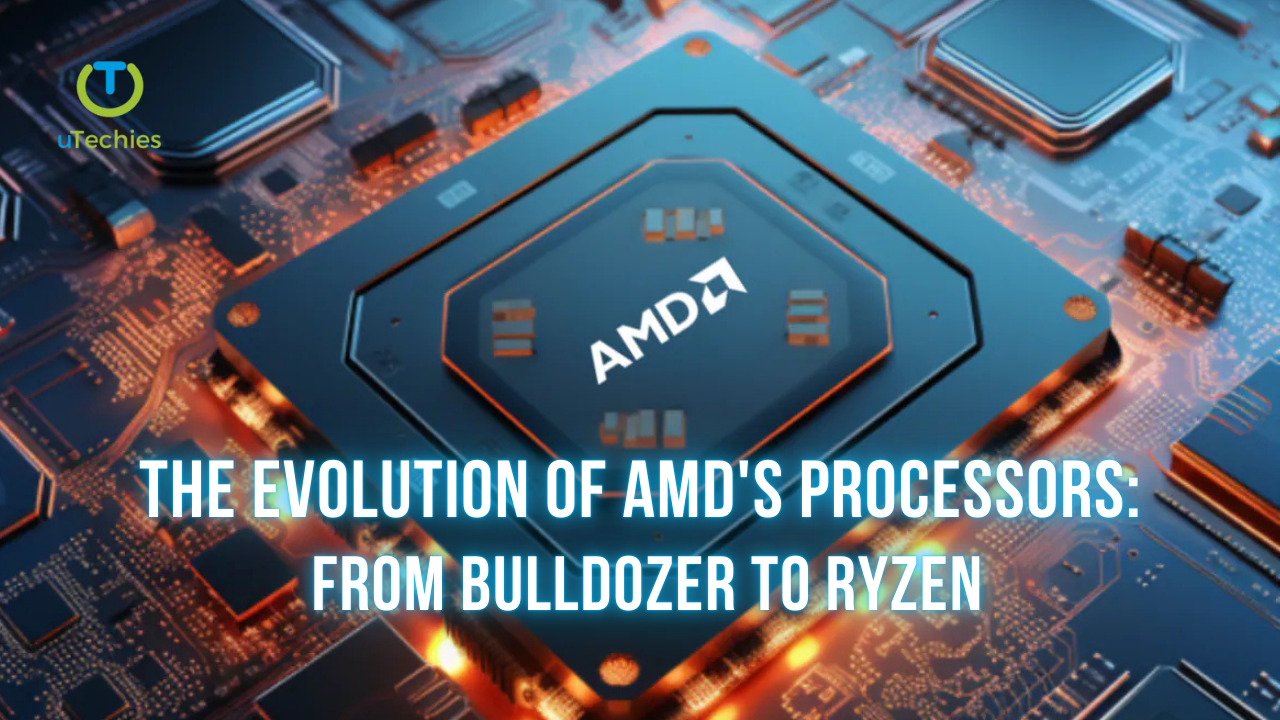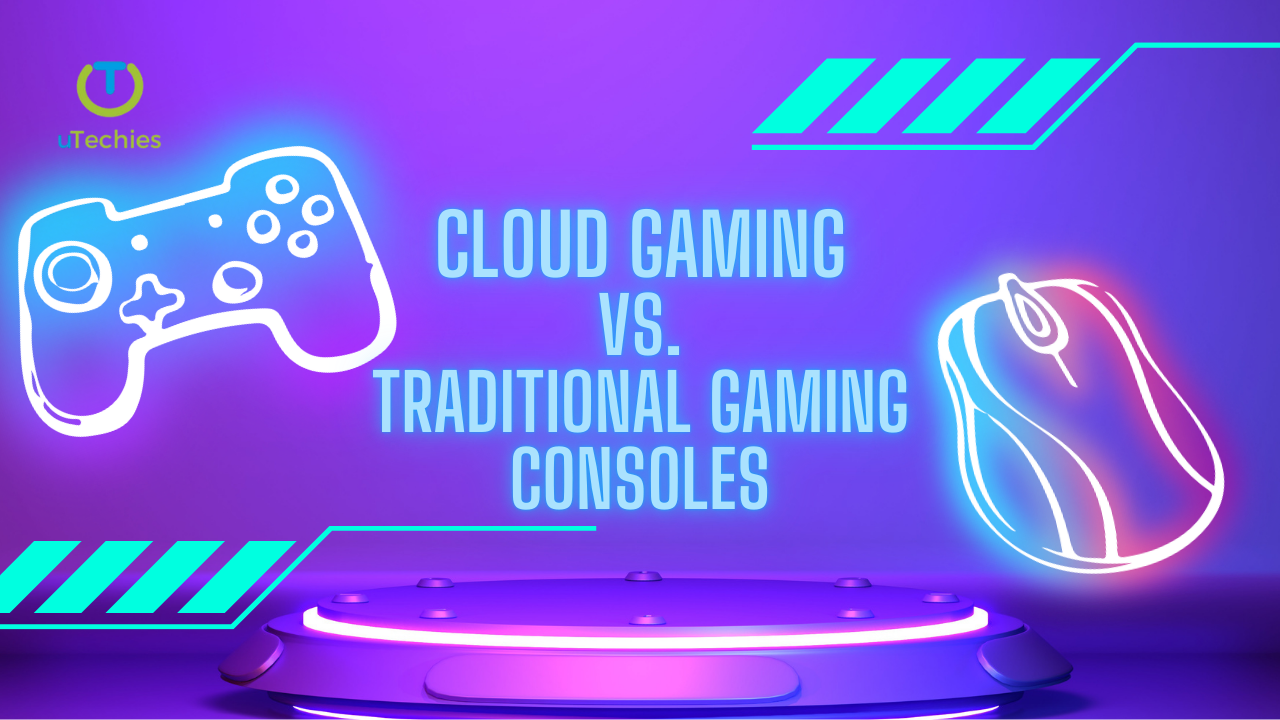AMD’s transformation over the last decade is nothing short of extraordinary. From the disappointing Bulldozer series to the game-changing Ryzen processors, the company has redefined its position in the fiercely competitive CPU market. This story is one of learning from failures, embracing innovation, and ultimately turning the tide in its favor.
Bulldozer: Ambitious but Flawed
The Birth of Bulldozer (2011)
When AMD launched its Bulldozer architecture in 2011, it was hailed as a bold step forward. The design was centered around a modular concept, where each module housed two integer cores sharing certain resources. This was meant to deliver efficiency and high core counts. However, the reality was starkly different. Bulldozer faced severe criticism for its poor single-threaded performance and excessive power consumption, which earned it the unfortunate label of being “hot and slow.”
Notable Features of Bulldozer
- Modular Design: Intended to streamline operations but fell short in execution.
- Shared Resources: Aimed to boost efficiency but led to bottlenecks in performance.
- Simultaneous Multithreading (SMT): While innovative, it failed to produce meaningful gains in real-world applications.
The architecture’s underwhelming performance saw AMD lose market share and credibility, as Intel surged ahead with superior alternatives.
The Rise of Zen: AMD’s Renaissance
Zen Architecture Revolution (2017)
Fast forward to 2017, and AMD unveiled its Zen architecture, marking a major turning point. Zen shifted the focus from merely increasing core counts to delivering balanced performance and efficiency. The first-generation Ryzen processors, featuring up to 8 cores and 16 threads, were a resounding success. They not only closed the performance gap with Intel but also disrupted the market with their affordability.
Standout Features of Zen
- Boosted Instructions Per Cycle (IPC): A stark improvement over Bulldozer, enabling faster and more efficient performance.
- Infinity Fabric: A scalable interconnect technology that improved communication within the processor.
- Refined SMT: Optimized for real-world workloads, making Ryzen processors a multi-threading powerhouse.
The Zen architecture earned widespread acclaim, not just for its technological leap but also for reshaping the competitive dynamics of the CPU industry.
Continuous Evolution: From Zen+ to Zen 3
Zen+ and Zen 2 Advancements (2018-2019)
The evolution continued with Zen+ and Zen 2, introducing refinements like higher clock speeds, reduced latency, and a transition to a 7nm manufacturing process. These iterations further elevated performance and efficiency, cementing Ryzen’s reputation as a reliable choice for gamers, creators, and professionals alike.
Zen 3: A Masterstroke (2020)
Zen 3 raised the bar yet again, delivering significant IPC improvements and stellar performance across gaming and productivity tasks. The Ryzen 5000 series became the gold standard, with processors like the Ryzen 9 5900X leading the charge against Intel’s flagship CPUs.
AMD Today: Leading with Innovation
AMD has firmly established itself as a leader in the CPU market. Its latest Zen 4 architecture continues the tradition of innovation, addressing the needs of diverse users, from hardcore gamers to enterprise clients. By focusing on performance, efficiency, and competitive pricing, AMD has built a robust ecosystem that rivals Intel’s offerings.
Conclusion: From Struggle to Success
The evolution of AMD’s processors from Bulldozer to Ryzen is a testament to the company’s resilience and ingenuity. By learning from past missteps and focusing on cutting-edge technology, AMD has not only regained its competitive edge but has also set a new benchmark in the industry. As the CPU race heats up, all eyes remain on AMD to see how it shapes the future of computing.






